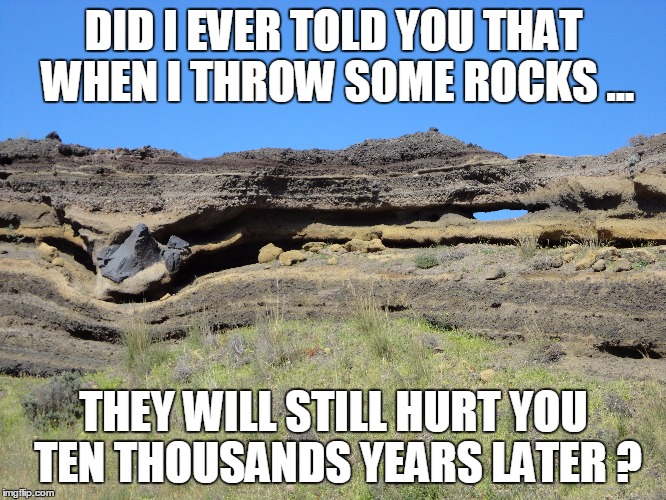
Trenches such as this one at an excavation site show multiple layers of discarded artifacts over a period of tens of thousands of years. Open woodlands have grown over alluvial fans that formed during the Middle Stone Age. Early humans had begun to make their first permanent mark on the landscape.

Another drill core immediately offshore showed that as site numbers increased, more and more charcoal was washing into the lake. Charcoal production spiked, erosion increased and, for the first time in more than half a million years, rainfall did not bring forest recovery.Īt the same time this charcoal burst appears in the drill core record, our sites began to show up in the archaeological record – eventually becoming so numerous that they formed one continuous landscape littered with stone tools. Those little flecks told us that around 85,000 years ago, something strange happened around Lake Malawi. The mud in the core also contains a record of fire history, in the form of tiny fragments of charcoal. This happened time and time again over the last 636,000 years. When lake levels eventually rose each time, forests encroached on the shoreline. But these forests once stretched all the way to the lakeshore.īased on the fossil plant evidence present at various times in the drill cores, we could see that the area around Lake Malawi repeatedly alternated between wet times of forest expansion and dry periods of forest contraction.Īs the area underwent cycles of aridity, driven by natural climate change, the lake shrank at times to only 5% of its present volume. Forests that do develop these canopies harbor the richest diversity in vegetation this ecosystem is now restricted to patches that occur at higher elevations. Today, this region is characterized by bushy, fire-tolerant open woodlands that do not develop a thick and enclosed canopy. Today, the high plateaus of northern Malawi harbor most of the remaining forests that once extended all the way to the Lake Malawi shoreline. In doing so, they transformed the landscape around them in ways still visible today. By combining evidence from these research specialities, we have identified an instance in the very distant past of early humans bending environments to suit their needs. We are part of an interdisciplinary collaboration between archaeologists who study past human behavior, geochronologists who study the timing of landscape change and paleoenvironmental scientists who study ancient environments.

Our work has shown that it would be a very long time indeed – at least 85,000 years, eight times earlier than the world’s first land transformations via agriculture.

How far back in time would you need to go in this place to discover an entirely natural environment? Here in tropical Africa, you can’t escape the signs of human presence. Dust and smoke blur the mountains visible beyond massive Lake Malawi. Jessica Thompson, CC BY-NDįields of rust-colored soil, spindly cassava, small farms and villages dot the landscape. Today the shoreline of Lake Malawi is open, not forested the way it was before ancient humans started modifying the landscape.


 0 kommentar(er)
0 kommentar(er)
